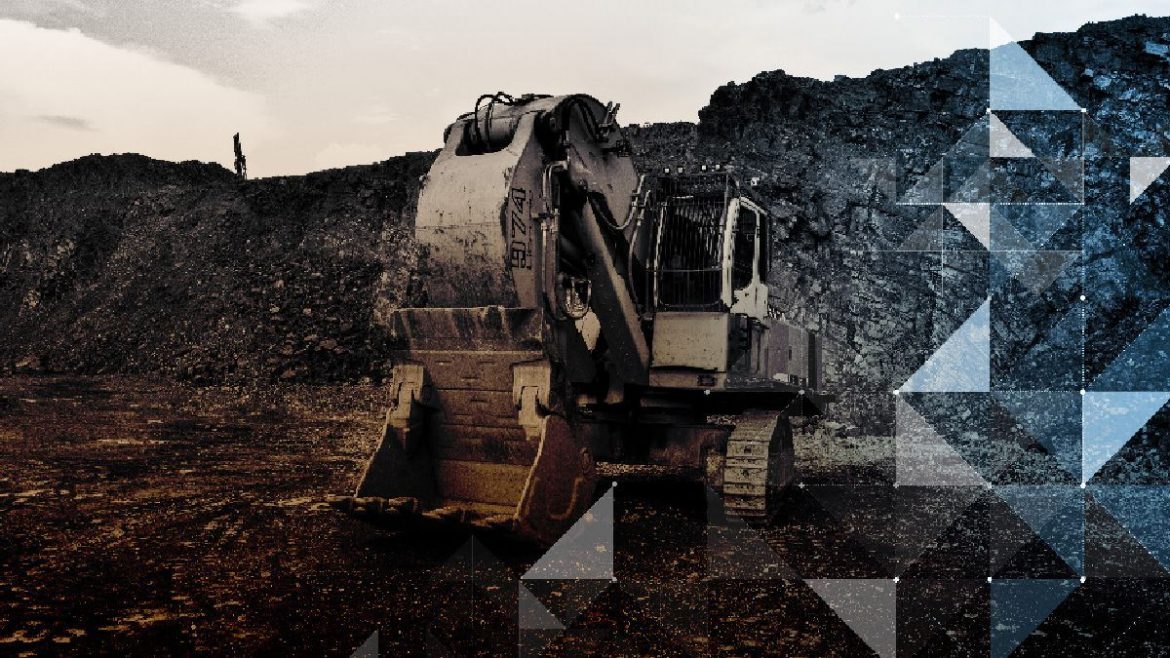While completely explaining the ins, outs, pros, cons, dos and don’ts of Ethereum mining would take an entire eBook (I know from personal experience), I wanted to take a dive into the Ether and break it down some for you.
First, we should talk a little about Ethereum’s blockchain. While it’s not very surprising, the Ethereum block basics are quite similar to Bitcoin’s — For each block of transactions, the miners run the block’s unique header metadata, which includes the timestamp and software version, through a hash function that returns a scrambled, fixed-length string of letters and numbers that appears random.
The hash function only changes the ‘nonce value’, which impacts the resulting hash value, and the miner that finds a hash that matches the current target will:
- Broadcast the block across the network so that each node can validate and add to their individual copy of the ledger.
- Receive an award of Ether.
Once a miner finds the hash, the other miners stop work on that block and repeat the process for the next block. As a reward, the miners receive 3 ETH plus all transaction and code-processing fees (aka gas) contained in their block, as well as possibly receiving a bonus for any uncles they include.
As for the mining algorithm, as opposed to Bitcoin’s Hashcash, Ethereum uses a different hashing algorithm known as Ethash which is incompatible with the special hashing hardware (ASICs) that was developed for Bitcoin mining. Additionally, Ethash is a memory-hard algorithm and is designed specifically to resist the development of Ethereum-mining ASICs and is deliberately best-suited for GPU-mining.
Ethereum blocks are added an average of every 15 seconds, while Bitcoin blocks which are added every 10 minutes on average.
The use of the word “mining” originates from the analogy of the cryptocurrency sphere to gold. Digital currencies are just as difficult to find and procure as precious metals. Additionally, just as traditional mining must occur in order to increase the volume of precious metals in the market, digital mining must take place in order to increase the digital currencies that are in circulation.
However, it’s not a get rich quick scheme. Crypto mining requires time and effort to grow, especially for those working alone. Miners must devote their time, computer space, and energy to sorting through blocks, as well as measuring consumption of resources such as power, maintenance, and repairs.
If you’re serious about getting started with Ethereum mining, there are plenty of eBooks, websites, blogs, and even videos dedicated to the subject. However, as I always recommend, do your homework completely before signing on for any pools, wallets, exchanges, or anything dealing with cryptocurrency and mining.
